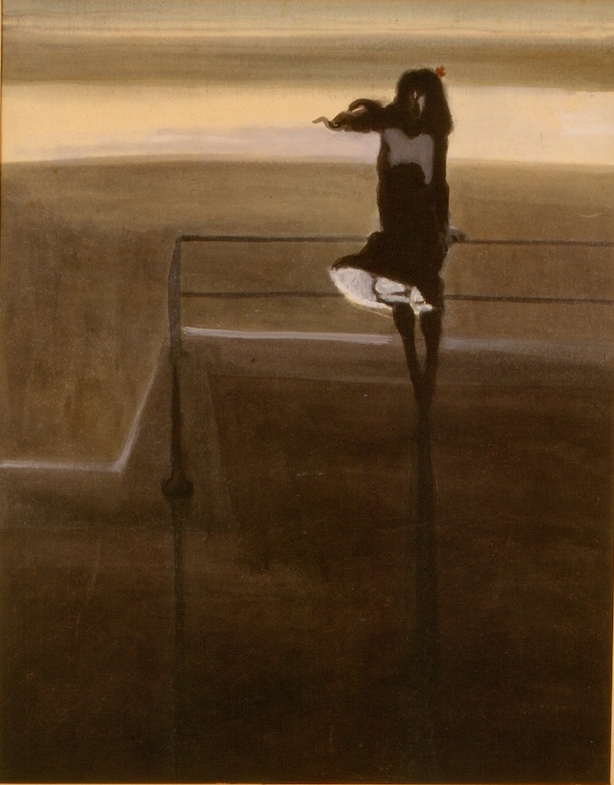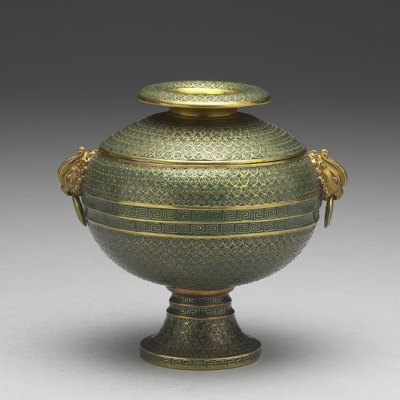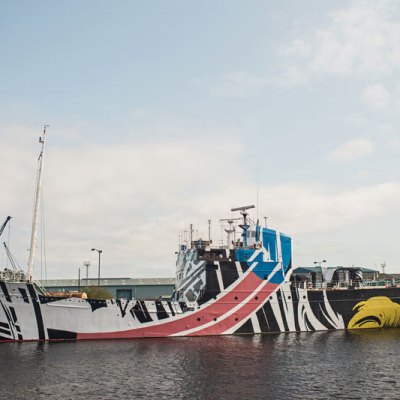There can be few artists whose work is more synonymous with their native town than the Belgian painter Léon Spilliaert (1881–1946), who was born and lived much of his life in the North Sea resort of Ostend, ‘la reine des plages’, fabled watering hole of aristocrats and literati before and between the World Wars. James Ensor (1860–1949) is inextricably linked with the same town, yet Ensor’s international fame has always exceeded that of Spilliaert, and it is he who will occupy the galleries of the Royal Academy in London this autumn (29 October–29 January 2017). These two sons of Ostend, rivals in a sense, established a warm friendship based on mutual respect. But Ostend was never just home for Spilliaert: it was the raw material of his art. Its unique maritime layout, decor, and topography not only provided his subject, but were the metaphysical means by which he articulated his inner voice. As Bruges became synonymous with the melancholy soul of symbolist poet Georges Rodenbach and his alter ego Hugues Viane in his novel Bruges-la-Morte (1892), so a nocturnal Ostend was for Spilliaert.
Where Ensor is extrovert, bold and forthright, denouncing human folly and political skulduggery in heavy impasto or delicate graphic work, Spilliaert is introverted, concerned with melancholy and silence, his work perpetually residing in a self-contained dreamlike state, like that of Odilon Redon, a notable influence. But Spilliaert moves beyond his crucible of symbolism. He takes what he needs from Munch, Khnopff, Rops, Van Gogh, carving out his own niche, installing himself as a loner by the North Sea, a self-absorbed poète maudit condemned to introspective nocturnal perambulations about the sleeping seaside town, expressing a synthesis of inner alienation and distorted outer reality. But the key to Spilliaert’s genius is his creative symbiosis of the symbolist and the expressive. This is perfectly manifested in his perspectives from Ostend’s broad and sweeping promenade, la digue, with ancillary stairways and Venetian-style colonnades, all backed by ever changing seascapes.
Vertigo (1908), Léon Spilliaert. Mu.ZEE, Ostend. Image: © Sabum Belgium 2016

Spilliaert works in subtle gradations from inky black to a twilight grey, relieved only by a judicious touch of colour; a solitary figure or the tiny blurred halo of a lamp. The seawall, the shore and long galleries become bold diagonals veering across the picture, creating a sense of dislocation, tension and spatial emptiness. Female figures predominate: fishwives staring out to sea; lone girls poised on vertiginous steps (Vertigo, 1908), or standing at the balustrade before a marine nothingness, one pale hand holding down black skirts dragged sideways by the sea breeze. The face of the girl in The Gust of Wind (1904), recalls that of Munch’s screamer, making the painting a complex enigma of beauty, desire, loneliness, and nightmare.
The young Spilliaert eschewed formal training, teaching himself how to paint; his parents presented him with a smart wooden box of pastels. It was in the artful combining of pastel, gouache, watercolour, and ink that the rebellious amateur quickly showed himself a master. For a few years, before he married, had a child, and settled down to turn his painterly attention to nature, Spilliaert appeared prey to his own phantoms. The much admired series of monochrome self-portraits Spilliaert made around 1907 are ruthlessly honest and surreally disturbing in equal measure.
The Gust of Wind (1904), Léon Spilliaert. Mu.ZEE, Ostend. Image: © Sabum Belgium 2016

Spilliaert quickly understood the creative possibilities existing between literature and art. He keenly admired the poet Émile Verhaeren, whose fiery, expressive, and often hallucinated poetry he blessed with illustrations. He also provided 10 lithographs for an edition of Maurice Maeterlinck’s influential first collection of poems, Serres Chaudes (1889).
James Ensor has always had a museum in Ostend, his house an island of quirkiness in the concrete grid of the modern town. But Spilliaert’s home was lost to bombing in the war. Since the demise a decade ago of the venerable Museum of Fine Arts, where Spilliaert’s paintings had a sympathetic home, a need has arisen for a proper Spilliaert museum, despite the current holdings in Mu.ZEE, a museum specialising in 19th- and 20th-century Belgian art. A private initiative, led by Mark Vanmoerkerke, has created a new gallery housed in the aesthetically obliging Thermae Palace on the promenade, an edifice which Spilliaert himself was drawn to paint. Vanmoerkerke believes that it is Spilliaert who should wear the cultural crown in Ostend, and this gallery is the first stage in a process of rehabilitating his presence. Anne Adriaens-Pannier, the leading expert on Spilliaert, has selected rarely seen paintings from private collections for the opening exhibition, ‘Encounters with Spilliaert’ (until 9 October). A new book (in Dutch; Uitgeverij Van de Wiele), providing a ‘literary and critical portrait’ of the artist, coincides with the gallery opening.
Self-portrait with red pencil (1907–08), Léon Spilliaert. Mu.ZEE, Ostend. Image: © Sabum Belgium 2016

Eline Jacobs, manager of the gallery, explains that the principal aim of the house is to make visible for both locals and visitors to Ostend the vital sociological connection between Spilliaert and his home town. What will assist them is the fact that a good part of the landscape is intact today, albeit diluted by wartime destruction and catastrophically insensitive regeneration. One only has to take a few steps beyond the gallery to see what was depicted within. It is this interchange bet-ween past and present that makes Spilliaert’s re-emerging presence in Ostend such an attractive proposition.
It can only be a matter of time before Anglo-Saxon eyes finally fall on Spilliaert’s work, and his name is spoken of alongside his influences, for his legacy certainly places him in those ranks. The efforts of those behind the Spilliaert House should be applauded, for their initiative will hopefully move the burghers of Ostend to update their promotional mantra, and allow future visitors to encounter more fully the cultural fruit of a country once dubbed ‘the crossroads of Europe’. As the current exhibition demonstrates, it is time for Léon Spilliaert to be welcomed to centre stage in the history of 20th-century European art.
‘Encounters with Spilliaert’ is at the Spilliaert Huis, Thermae Palace Hotel complex, Ostend, until 9 October.
From the September issue of Apollo: preview and subscribe here.


